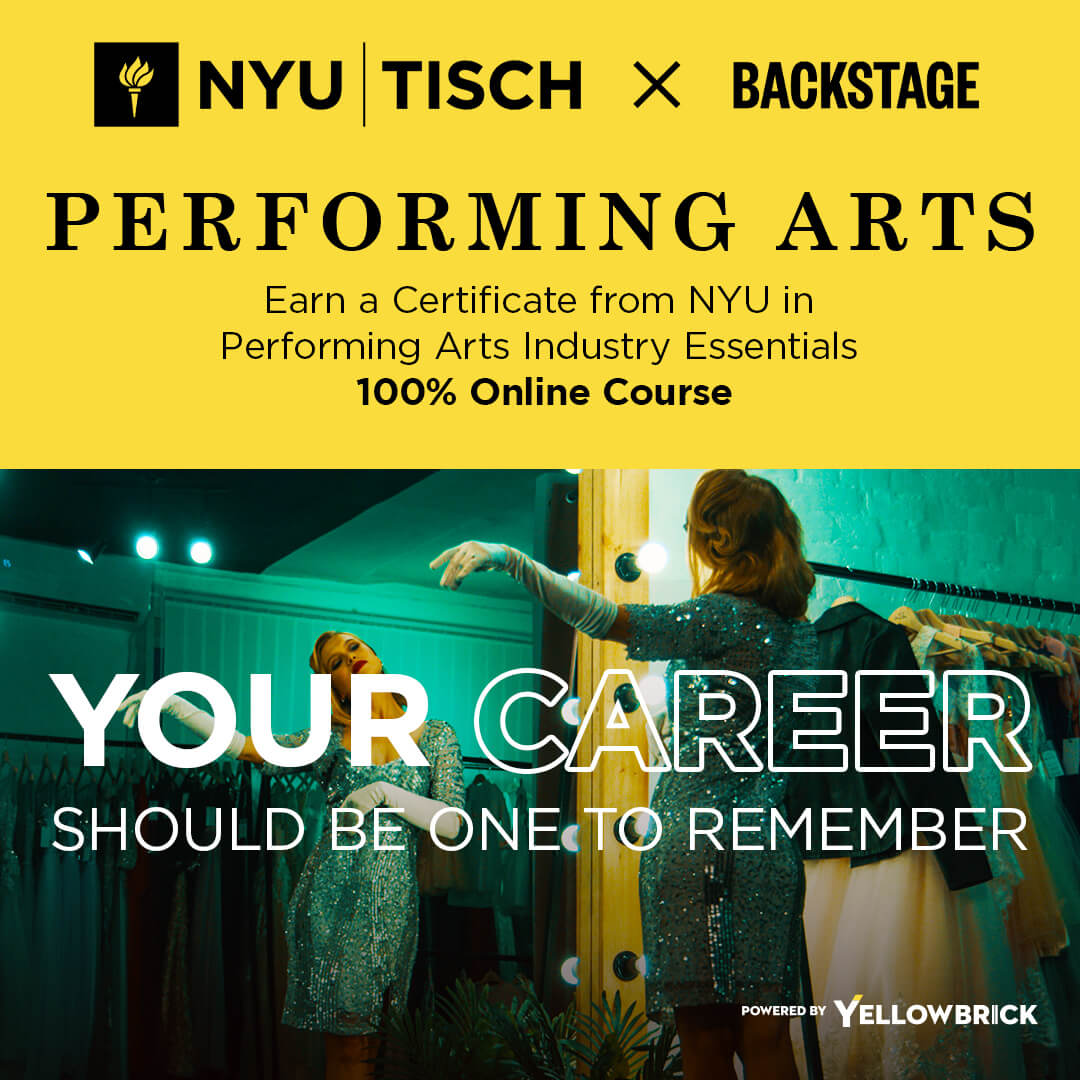The digital age has revolutionized the performing arts industry, ushering in a new era of creativity and innovation. Digital performing arts encompass a wide array of disciplines that leverage technology to enhance artistic expression and engage audiences in novel ways.
From virtual reality experiences to interactive installations, the fusion of digital technology with traditional art forms has opened up exciting possibilities for artists and creators.
Immersive and Interactive Experiences
One of the key aspects of digital performing arts is the use of technology to create immersive and interactive experiences for audiences. Virtual reality (VR) and augmented reality (AR) technologies have transformed the way performances are experienced, allowing viewers to be transported to fantastical worlds and engage with art in unprecedented ways.
By blurring the boundaries between the physical and digital realms, artists can craft captivating experiences that resonate with audiences on a deeper level.
Motion Capture Technology in Performing Arts
Motion capture technology represents another exciting development in the realm of digital performing arts. By capturing and translating human movement into digital form, artists can create stunning visual effects and animations that push the boundaries of traditional performance art.
From live performances to digital installations, motion capture technology offers a new dimension of creativity for choreographers, dancers, and visual artists alike.
Interactive Installations and Performances
Interactive installations and performances have also become a prominent feature of the digital performing arts landscape. Artists are increasingly incorporating interactive elements into their work, inviting audiences to actively participate and engage with the art itself.
Whether it’s a sound installation that responds to movement or a live performance that integrates audience input, interactive art blurs the lines between creator and viewer, fostering a dynamic and participatory experience that transcends traditional artistic boundaries.
Role of Digital Platforms and Social Media
The rise of digital platforms and social media has further transformed the performing arts industry, providing artists with unprecedented opportunities to reach global audiences and connect with fans worldwide. Platforms like YouTube, Instagram, and TikTok have become powerful tools for artists to showcase their work, collaborate with other creatives, and build a dedicated following.
Social media has not only expanded the reach of performing artists but has also democratized the creative process, allowing for greater accessibility and diversity in the arts.
Career Opportunities in Digital Performing Arts
As the digital performing arts continue to evolve, new career opportunities are emerging for aspiring artists and creatives. The intersection of technology and art has given rise to a diverse range of roles that require a unique blend of artistic talent and technical skills.
From digital content creators to virtual reality designers, the digital performing arts industry offers a wealth of opportunities for those looking to make their mark in this dynamic and innovative field.
Exploring Top Career Paths
The fusion of technology and performing arts has given rise to a variety of new career paths that cater to creative individuals with technical expertise. As digital platforms continue to evolve, professionals in the field have the opportunity to shape the future of artistic expression in unprecedented ways. Some of the most promising career paths in digital performing arts include:
1. Digital Choreographers and Motion Designers
With the rise of motion capture technology, digital choreographers and motion designers play a crucial role in creating visually striking performances. These professionals collaborate with dancers, actors, and animators to translate movement into digital media, making it possible to develop innovative performances for virtual and augmented reality experiences.
2. Virtual Reality (VR) and Augmented Reality (AR) Artists
VR and AR artists design immersive experiences that transport audiences into new dimensions. These professionals use cutting-edge software and technology to build interactive environments for live performances, theater productions, and digital storytelling. Their work extends beyond entertainment, influencing industries such as education and healthcare.
3. Interactive Media Designers
Interactive media designers develop engaging installations and performances that invite audience participation. Using motion sensors, projection mapping, and responsive technology, these artists create unique experiences where viewers become active participants, breaking the conventional boundaries of performance art.
4. Digital Performance Producers
Digital performance producers oversee the technical and creative aspects of digital art projects, ensuring seamless integration between live performances and digital components. Their role requires expertise in multimedia production, project management, and emerging technologies.
5. Content Creators and Social Media Performers
Social media has opened up new avenues for performers to showcase their talents and connect with global audiences. Content creators leverage platforms like TikTok, YouTube, and Instagram to share their work, experiment with digital effects, and build a loyal following.
6. Sound Designers and Technologists
Advancements in audio technology have expanded the possibilities for sound designers in the digital performing arts. These professionals create immersive soundscapes using 3D audio, AI-generated music, and interactive sound installations that respond to audience movement.
7. Live Streaming and Digital Event Coordinators
With the increasing demand for virtual events and performances, digital event coordinators specialize in live streaming productions. They manage the technical logistics of broadcasting performances online, ensuring high-quality visuals and audio reach a broad audience.
The Future of Digital Performing Arts
As technology continues to evolve, the digital performing arts industry will expand even further, offering endless opportunities for artistic exploration and career growth. The integration of artificial intelligence, blockchain for digital rights management, and advancements in holographic performances are set to redefine the future of performance art.
For artists willing to embrace innovation and develop digital expertise, the digital performing arts offer a dynamic and exciting landscape full of creative possibilities.
Key Takeaways:
- Virtual reality and augmented reality technologies are transforming the way performances are experienced, creating immersive and captivating experiences for viewers.
- Motion capture technology allows artists to translate human movement into digital form, enabling the creation of stunning visual effects and animations.
- Interactive installations and performances blur the lines between creator and viewer, fostering dynamic and participatory experiences.
- Digital platforms and social media provide artists with global reach, offering new avenues to showcase work and connect with audiences.
- The digital performing arts industry presents diverse career paths, requiring a unique blend of artistic talent and technical skills.
For those passionate about exploring the dynamic world of digital performing arts and pursuing a career in this exciting field, consider enhancing your skills and knowledge through the online courses and certificate programs offered by Yellowbrick.
These programs can equip you with the tools and insights needed to thrive in the ever-evolving landscape of digital performing arts, opening doors to a world of creative possibilities and professional growth.








